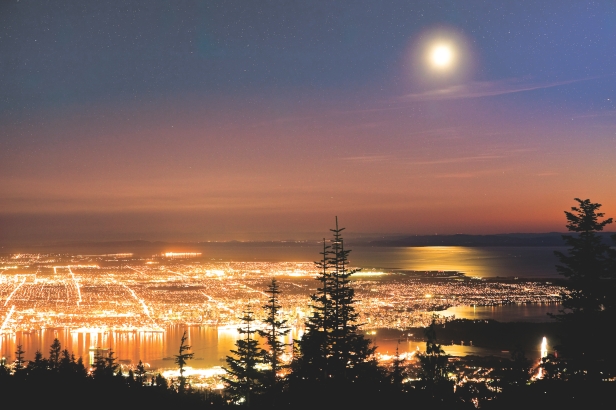As a result of human-created (artificial) light, the night sky is affected. The term “light pollution” encompasses a wide range of issues related to the use of artificial light that is unattractive, unnecessary, or inefficient. Works by interfering with astronomical observations as well as disrupts the ecosystem when it lights up the night sky. There is an increase in light pollution when people overuse and misuse light. Because of the high population density and extensive industrialization in these areas, this type of pollution is common.
The Following Are Examples Of Different Kinds Of Light Pollution:
Violation Of Lighting:
Getting a good night’s sleep is difficult when you’re constantly disturbed by light from outside your home. To protect their people from light pollution, many countries have established national standards for outdoor lighting. People and the environment can be safeguarded from light pollution thanks to the IDA’s model lighting regulations, which were developed by the organization.
Lack Of Natural Light:
And over 2 million barrels of crude oil are wasted each day in the U.s alone because of the excessive use of light. Many factors contribute to excessive lighting, including the use of inefficient light bulbs, artificial lighting during day, as well as indirect lighting techniques.
Brightly Lit Room:
The elderly are particularly vulnerable to the dangers of bright light. Driving can be made more dangerous by a loss of contrast brought on by sunlight’s glare. The blinding glare of the sun can cause permanently or temporarily visual impairment. The glare from an oncoming vehicle’s headlights can also temporarily impair vision. Light that is too bright or too dim can be a real pain in the ass. Bright light can cause eye strain, which can lead to exhaustion.

There’s A Little Bit Of A Cluttered:
Light disorder is a result of light clustering that is too intense. The buildup of lights generates a confusion, which can lead to distractions and even accidents. People who drive on roadways with poor street lighting are affected by light pollution.
Glow In The Sky:
In densely populated areas, skyglow from dispersed artificial light is common. The Earth’s atmosphere scatters reflecting light from illuminated surfaces into the sky, making the sky glow.
Irradiation By Light:
An ecosystem’s nocturnal wildlife is particularly vulnerable to the harm caused by excessive light pollution. Migrating animals, predator-prey relationships, or competition between species can all be affected by excessive lighting. Breaking the organic diurnal patterns of light and shadow can affect ecological dynamics, as they dictate life in the wild.
About a quarter of the electricity in the world is used for lighting, and numerous studies show that this is a wasteful use of electricity, especially when it is pointed upwards into the night sky.
The circadian rhythm and the production of melatonin are essential to many species, including humans. As a result, melatonin production is suppressed, resulting in sleep disturbance, fatigue, mental stress, headaches, as well as an increased level of anxiety.
